What Is A Conclave? Understanding The Papal Election Process
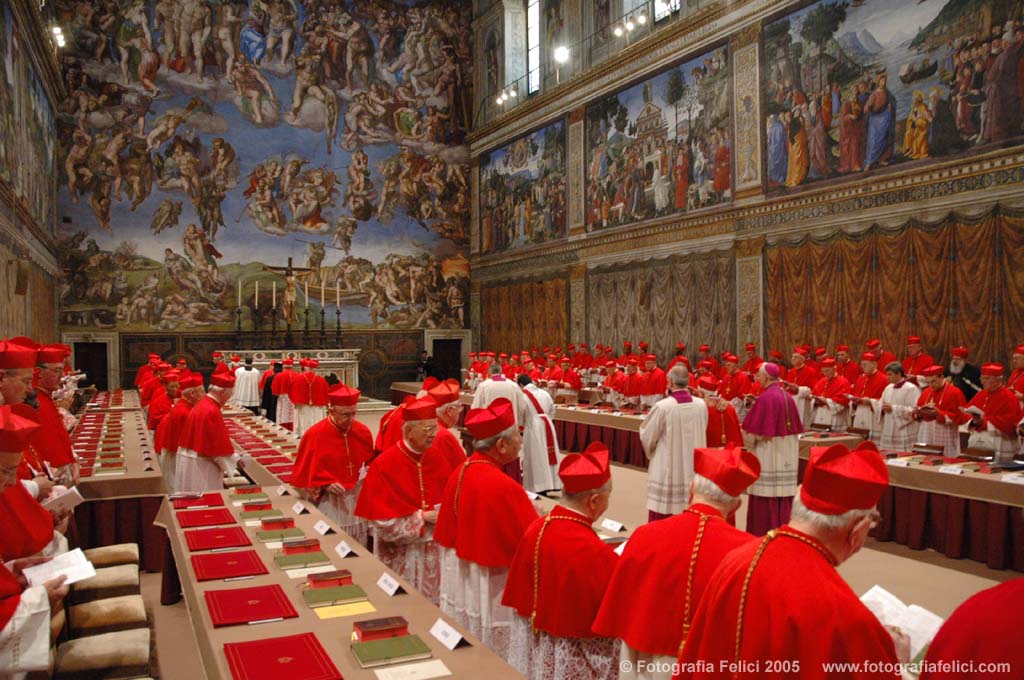
Table of Contents
The Meaning and History of a Conclave
The word "conclave" originates from the Latin "cum clave," meaning "with a key," reflecting the historical practice of locking the cardinals inside a designated space during the election. The process of electing a Pope has evolved significantly over time. Early methods were often chaotic and prone to influence from secular powers. The development of the formal conclave system aimed to improve the process, introducing measures to ensure a more independent and prayerful selection.
- Early methods of papal election: These involved various methods, often resulting in protracted disputes and power struggles.
- The introduction of the conclave system: The formalization of the conclave marked a significant step towards a more structured and controlled election process.
- Key reforms to the conclave process: The papal bull Universi Dominici Gregis, issued by Pope John Paul II in 1996, codified many of the modern practices surrounding the Papal Conclave.
- Notable historical conclaves and their impact: Several conclaves throughout history have been particularly noteworthy due to their length, controversies, or the significant impact of the elected Pope. For example, the conclave of 1378 initiated the Western Schism, a period of significant division within the Catholic Church.
The Process of a Papal Conclave: Step-by-Step
The Papal Election process begins with the Sede Vacante, the period following the death or resignation of the Pope. This period is characterized by a solemn atmosphere within the Vatican. The College of Cardinals, comprising all cardinals under the age of 80, are summoned to Rome to participate in the conclave. Before the conclave begins, various preparations are undertaken, including meetings to discuss logistical arrangements and to foster a spirit of prayer and reflection.
- Sede Vacante: This interim period is crucial for preparing for the election and maintaining the continuity of the Church.
- The summoning of the cardinals to Rome: Cardinals from around the world travel to Rome to fulfill their duty in the election process.
- The pre-conclave meetings and preparations: These meetings are crucial for organizing the logistical aspects of the conclave and establishing the rules of procedure.
- The sealing of the Sistine Chapel: The Sistine Chapel is rigorously sealed to ensure the secrecy and integrity of the election.
- The voting process (ballots, two-thirds majority): The voting process is strictly regulated, requiring a two-thirds majority to elect a new Pope. Multiple ballots may be necessary.
- The announcement of Habemus Papam! (We have a Pope!): The announcement of the newly elected Pope from the balcony of St. Peter's Basilica is a momentous occasion, celebrated worldwide.
The Cardinals: The Electors of the Pope
The eligibility requirements for Cardinal electors are clearly defined, primarily focusing on age and standing within the Church hierarchy. These cardinals carry the enormous responsibility of selecting the next leader of the Catholic Church. Their individual perspectives, theological viewpoints, and relationships within the College of Cardinals all play a significant role in the election process. The Cardinal Dean plays a crucial role in guiding the conclave. Different factions among the cardinals may emerge, leading to strategic considerations during the voting process.
- Cardinal electors: age limits and other qualifications: Only cardinals under the age of 80 are eligible to vote in a papal conclave.
- The role of the Cardinal Dean: The Cardinal Dean presides over many aspects of the conclave.
- The influence of different cardinal factions: Different schools of thought and theological viewpoints often influence the voting patterns within the conclave.
- The secrecy surrounding the conclave process: This strict secrecy is designed to ensure the freedom and integrity of the election.
Understanding the Secrecy and Significance of the Papal Conclave
The strict secrecy surrounding the conclave is not simply a matter of tradition; it is crucial for the integrity of the election process. Secrecy protects the cardinals from undue influence, prevents external pressure, and allows for a more focused and prayerful deliberation. The Papal Conclave is vital for maintaining the unity and stability of the Catholic Church, and its outcome affects billions of Catholics worldwide. The global impact of the papal election extends far beyond the Vatican, affecting political, social, and cultural landscapes across the globe.
- Protecting the integrity of the election process: Secrecy minimizes the risk of manipulation or interference.
- Preventing outside influence or interference: The secrecy protects the cardinals from any external pressures.
- Maintaining the spiritual focus of the cardinals: The secluded environment promotes prayer and reflection.
- The global significance of the event: The election of the Pope has profound repercussions across the world.
Conclusion
The Papal Conclave, a process rich in history and tradition, is far more than a simple election; it is a pivotal moment for the Catholic Church and the world. Understanding its intricacies, from the Sede Vacante to the announcement of Habemus Papam!, provides insight into the selection of the leader of one of the world’s largest religious institutions. The role of the Cardinal electors, the significance of secrecy, and the global impact of the election of the Pope are all vital aspects of this compelling process.
To delve deeper into the fascinating world of the conclave, explore further resources such as books dedicated to the history of Papal elections, documentaries showcasing past conclaves, or websites providing in-depth analyses of the process. Share this article with anyone interested in learning more about the intricacies of the Papal Conclave and the selection of the next Supreme Pontiff.

Featured Posts
-
 Anthony Edwards Unexpected Media Appearance Shadows Randle Interview
May 07, 2025
Anthony Edwards Unexpected Media Appearance Shadows Randle Interview
May 07, 2025 -
 Mariners Early Offense 14 0 Victory Against Miami Marlins
May 07, 2025
Mariners Early Offense 14 0 Victory Against Miami Marlins
May 07, 2025 -
 Game 1 Nba Playoffs Heat Vs Cavaliers Predictions Picks And Best Bets
May 07, 2025
Game 1 Nba Playoffs Heat Vs Cavaliers Predictions Picks And Best Bets
May 07, 2025 -
 Nba Free Agency 2024 Warriors And Kevon Looney
May 07, 2025
Nba Free Agency 2024 Warriors And Kevon Looney
May 07, 2025 -
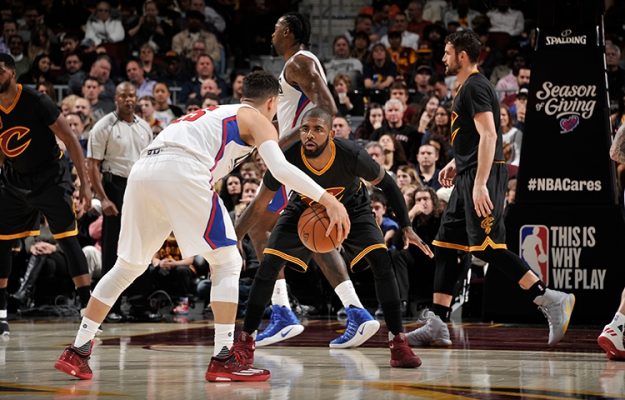 Cavaliers Defeat Clippers Despite Late Rally
May 07, 2025
Cavaliers Defeat Clippers Despite Late Rally
May 07, 2025
Latest Posts
-
 Understanding Bitcoins Rebound Risks And Opportunities
May 08, 2025
Understanding Bitcoins Rebound Risks And Opportunities
May 08, 2025 -
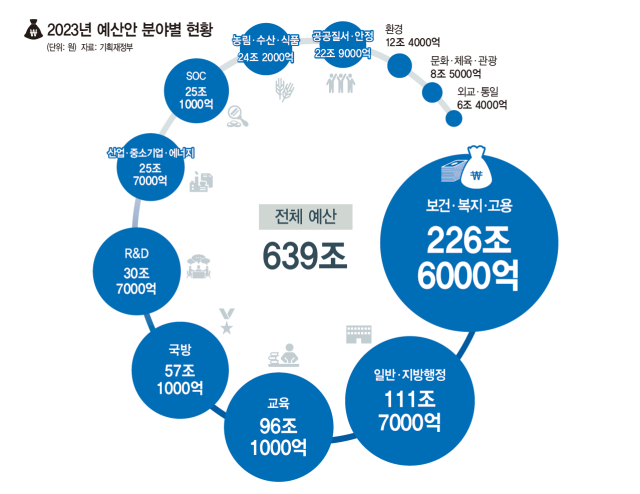 2024
May 08, 2025
2024
May 08, 2025 -
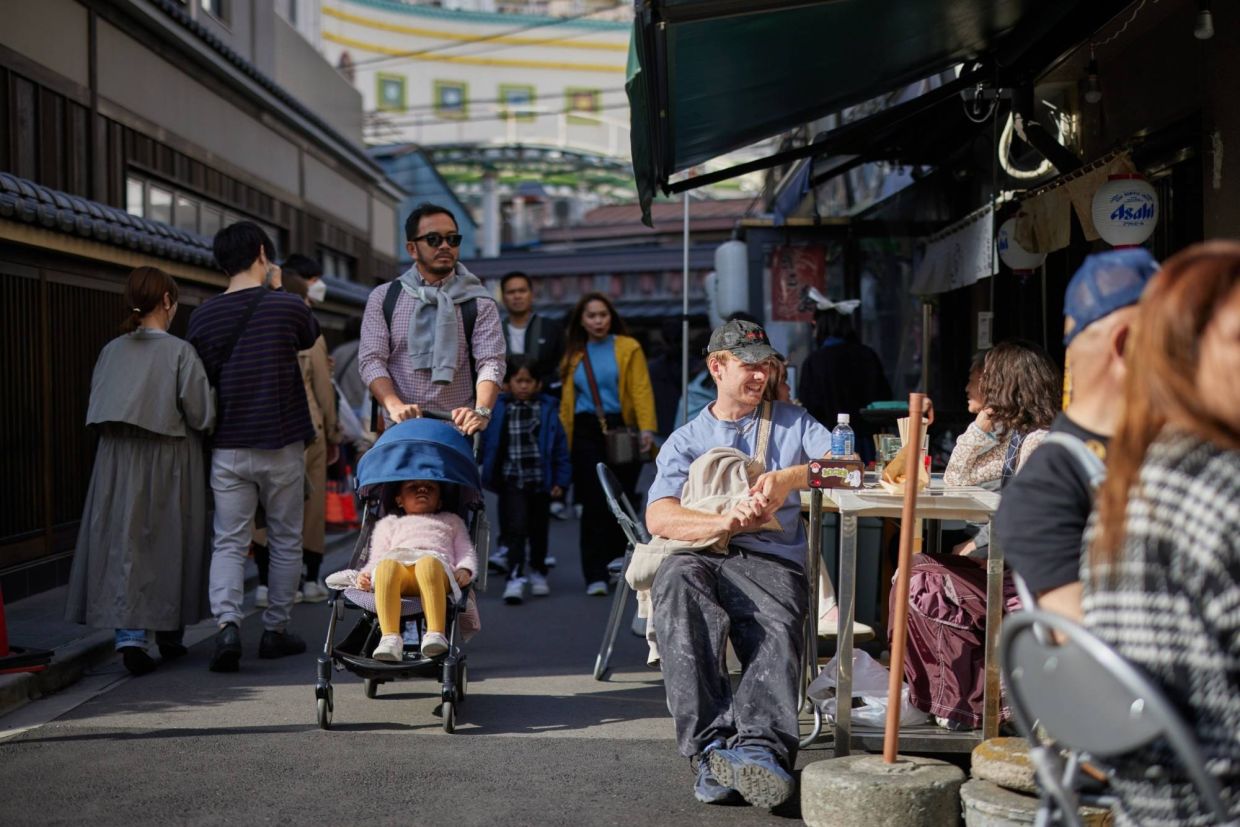 The Bitcoin Rebound Signs Of A Lasting Recovery
May 08, 2025
The Bitcoin Rebound Signs Of A Lasting Recovery
May 08, 2025 -
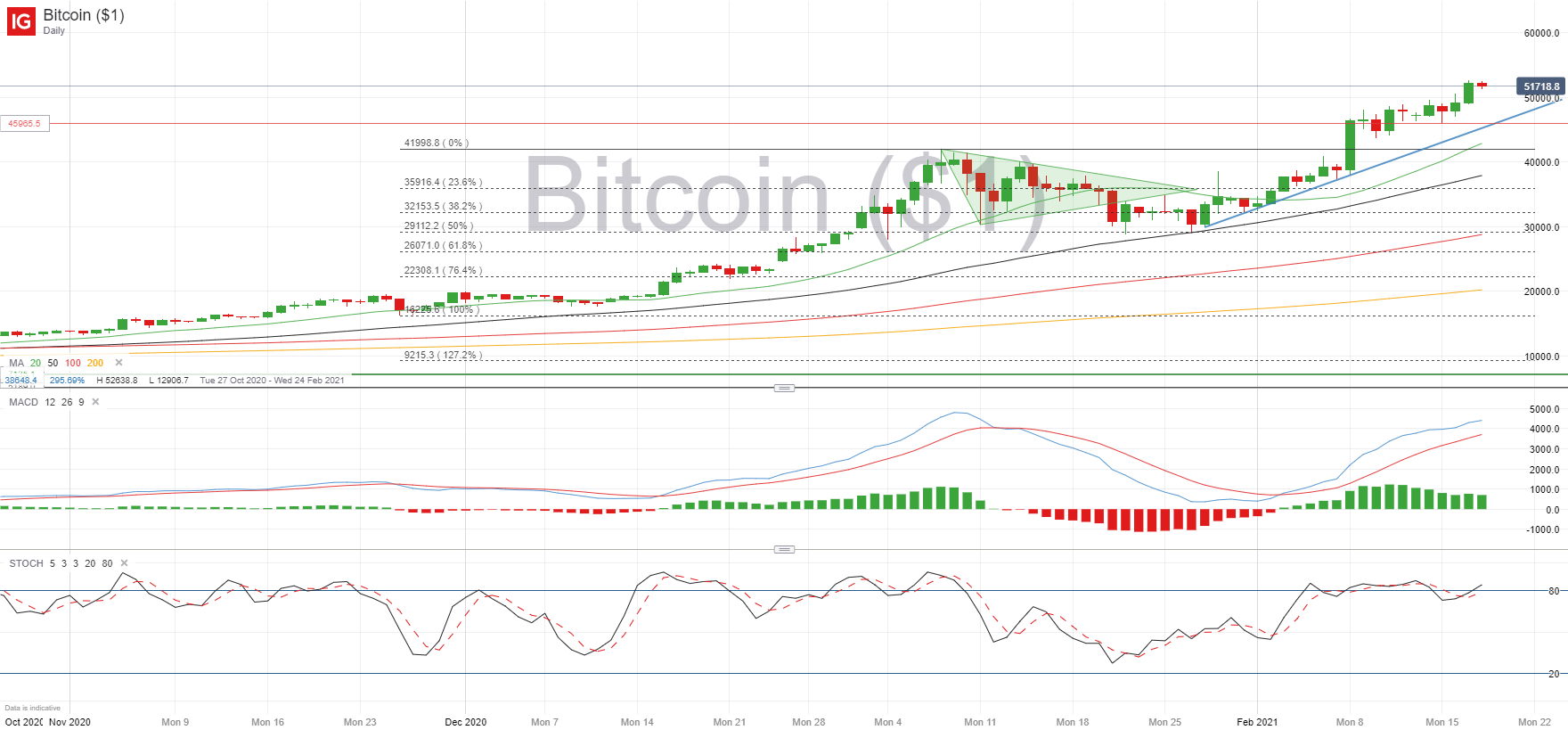 Could Bitcoin Reach New Heights A 1 500 Growth Forecast
May 08, 2025
Could Bitcoin Reach New Heights A 1 500 Growth Forecast
May 08, 2025 -
 Analyzing Bitcoins Rebound Potential For Future Growth
May 08, 2025
Analyzing Bitcoins Rebound Potential For Future Growth
May 08, 2025
